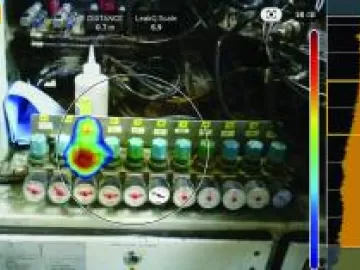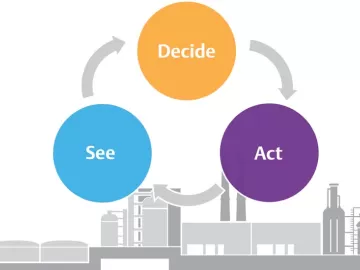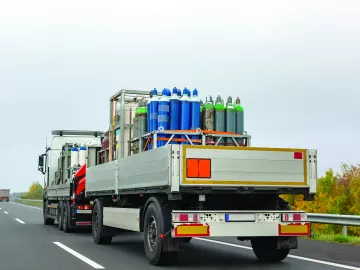From Wastewater Agitation to Air Compressor Controls-Food Processor Finds 74% Savings Potential
As many well know, system measurement is essential to ensuring a compressed air system is running efficiently and effectively, with good air quality and adequate pressure. This is also well understood by a multi-national food company (name has been withheld to protect the innocent) who started a focused effort to measure and improve their compressed air systems in their many processing plants worldwide.











